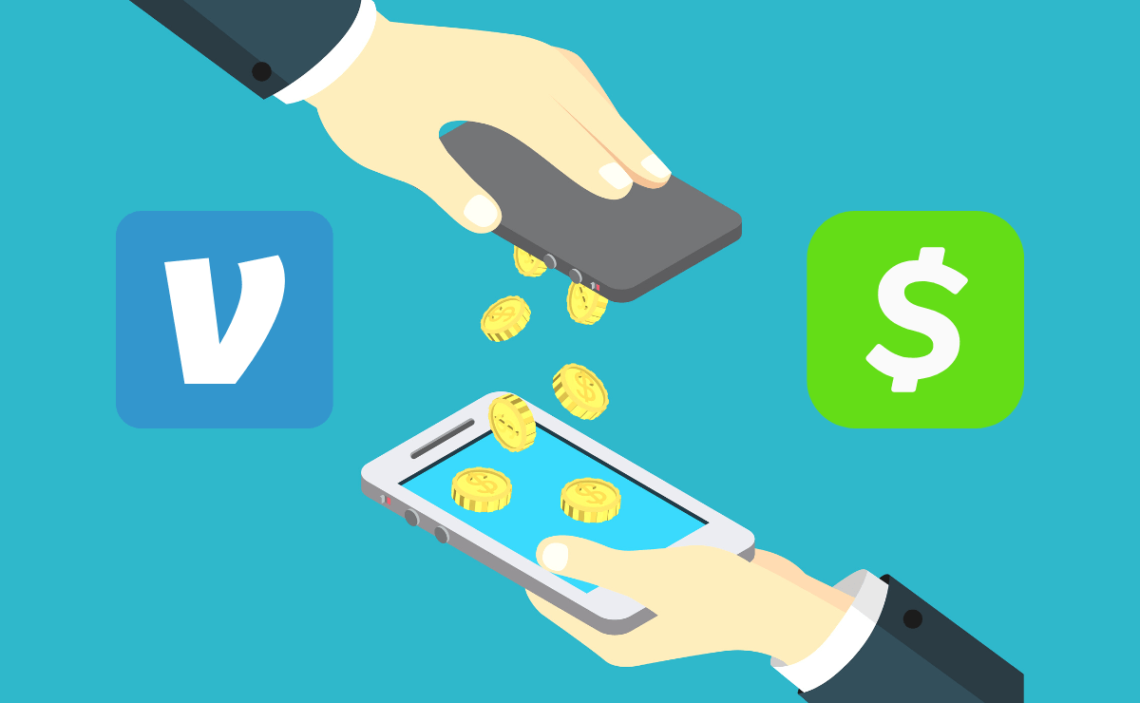Although it is easier to give or receive cash physically, nowadays, people prefer to use digital platforms since they are much faster and more efficient. Venmo and Cash App are great examples of the advancements that technology has presented to us; in fact, there is some rivalry between both.
Since one of these may become your daily payment method, you need to know all their pros and cons and which one fits best with your lifestyle. Both work similarly, with a few differences that can benefit you and your wallet.
We will discuss some aspects that differentiate Venmo and Cash App from one another and what they bring to the table. Things like fee rates and accessibility are facts that you need to consider before choosing one.
Differences Between Venmo And Cash App
Primary Functionality
While both work the same way as peer-to-peer (P2P) payment apps, there are other aspects that make them unique.
Cash App, for instance, allows you to invest in stocks and cryptocurrencies like Bitcoin. You will need your Cash App balance or a linked debit card to get started, so if you are into the investment world, this app is for you.
On the contrary, Venmo serves as a more manageable app. It also can purchase cryptocurrency, but it is mainly focused on sending and receiving money between friends and family.
It focuses on social interactions with the ability to comment and like other transactions. This does not mean you can see how much someone sent or received; you can see the date, the sender and receiver’s name, and the comment (if there’s any). If you dislike this feature, you can always put your account in private mode.
Fees Included with their Services
Cash app and Venmo have pretty similar fee rates up to this date. Both apps have zero fees to create an account and send money with a linked bank account or debit card. There is a 3% fee for transactions made using a credit card.
Fees start to differ with:
- ATMs Withdrawals.
Venmo charges a $2.50 ATM Domestic Withdrawal Fee for Mastercard, Pulse, MoneyPass, and Cirrus ATMs.
On the other hand, Cash App charges a $2 fee per ATM transaction. However, if your account has at least $300 in direct deposits each month, you can receive a maximum of $7 reimbursement for three ATM withdrawals in 31 days.
- Instant transfers. Venmo charges a 1.75% fee (as of June 2022) if you request an instant transfer, while Cash App charges a 1.5% fee.
Transaction Limits
Although these apps have no fees regarding transfers with a linked bank account, there is a limit on how much you can send and receive.
- For Cash App, you have a $1,000 limit for sending and receiving money in a 30-day time period. It is very small if you are ready to spend more money than that. If you need an expansion, you can verify your account on the app, but it can vary depending on the customer.
- And for Venmo, you have a $299.99 weekly limit for spending money if your account is unverified. This means that in 30 days, you have approximately $1,200 to spend! It is restricted to just a week, but if your account is verified, your limit can increase from $4,999.99 to $6,999.99 per week.
Accessibility
You can create an account and make transactions in the U.S. with Cash App and Venmo. For the latter, the United Kingdom can also download and use this app.
If you are worried that you need a lot of requirements to open an account on one of these platforms, that is not the case. The signing-up process is quite simple.
You can access these on your mobile devices (Android or IOS) and your web browser.
When Should I Use Venmo or Cash App
As we said above, it depends on what you are more used to. If you are interested in investing in stocks, then choose Cash App. But if you want a simpler option with easy-to-make transactions, Venmo is for you. Either way, you can still open accounts on both of these simultaneously.
Plus, you can request debit cards for both apps, but only Venmo offers credit cards. So, remember these things and read all the Terms and Conditions on their websites.


